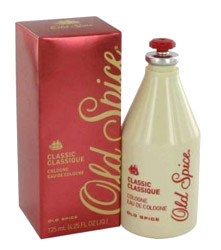Houbigant is one of those old perfume houses that made the early 1900s the romantic, complex perfume era that it was. Their fragrance, Raffinée was released in 1982. It was a strong contender in the time of the oriental perfumes.
In Bottle: Opens up with spicy and sweet carnation. I love it when carnation is done right and that’s when there’s a little bit of sweetness thrown in there to calm the flower down. I’m delighted to see Raffinée work the floral opening like this.
Applied: Spicy sweet carnation on the opening, there’s a floral quality up there that makes Raffinée smell elegant and light. The fragrance heads into the mid-stage dolling itself up with some light florals and a dusting of tuberose while the heavy-hitting incense and smooth vanilla amp up. The spiciness takes on a more fleeting role until the dry down where cinnamon makes a bit of an appearance. There’s a powdery quality to this fragrance that smacks of the clean sharp personality of an aldeyhyde treatment. This powderiness remains throughout its lifespan that echoes that clean and classic sensibility of classic perfumery. As Raffinée continues to age it takes on a warm, amber note and a slight bitterness on its way to dry down. The dry down is a pleasantly green, warm cinnamon and vanilla amber fragrance with a bit of woodsiness to round itself off. Raffinée has excellent longevity on me, and its complexity is absolutely fantastic. The projection on me was decent as well.
Extra: Raffinée’s been a victim of reformulation to make it less objective and easier to wear. I haven’t yet smelled the reformulation but of the opinions of the reformulation so far, I can’t say I’m in a hurry to. Houbigant was established in Paris in 1775 by Jean-François Houbigant. Nowadays Houbigant. You may see Raffinée listed “by Dana” instead of “by Houbigant”. The House of Houbigant has a long, sad story that saw the fall of a once great fragrance house to what it is now. You can read up about it at Perfume Projects.
Design: Unfortunately I was unable to identify an actual vintage bottle to use as a photo and I have yet to actually hold a vintage bottle myself. There’s a ton of different iterations for  this fragrance as well which does not help in the least in terms of identifying which style the original formula came in. Adding to this complication is Houbigant’s very sad but very complicated recent history and Raffinée not being as well known as it should be. I would like to take an educated guess but would rather not risk being wrong. The fragrance’s general theme seems to be art deco etched in gold on red which sounds like a tasteful treatment. Of the bottles I looked at, the ones involving the art deco design gave the packaging a bit of old design appeal. Much more interesting that the designs that lacked the art deco elements. If you can help me out with the vintage fragrance’s design, please leave a comment!
this fragrance as well which does not help in the least in terms of identifying which style the original formula came in. Adding to this complication is Houbigant’s very sad but very complicated recent history and Raffinée not being as well known as it should be. I would like to take an educated guess but would rather not risk being wrong. The fragrance’s general theme seems to be art deco etched in gold on red which sounds like a tasteful treatment. Of the bottles I looked at, the ones involving the art deco design gave the packaging a bit of old design appeal. Much more interesting that the designs that lacked the art deco elements. If you can help me out with the vintage fragrance’s design, please leave a comment!
Fragrance Family: Oriental
Notes: Carnation, orange blossom, plum, clary sage, jasmine, citruses, bergamot, rose, mimosa, tuberose, tonka bean, orchid, osmanthus, orris root, hiacynth and ylang-ylang, spices, cypress, sandalwood, cinnamon, musk, vanilla, vetiver, incense.
If you do seek out a bottle of Raffinée, I highly–with italics and everything–suggest you look for a vintage formula. And by vintage in this case, I mean its 1980s self to get the full effect of Raffinée. Any later and you may wander into watered-down and reformulated territory. Also be aware that true vintage Raffinée is difficult to find and quite rare (I, myself, have a small decant scraped out of the recesses of obscure fragrance). Many who label the fragrance as “by Houbigant” are actually talking about a newer formulation that should instead by labeled “by Dana”. It’s complicated, I know. I would appreciate any help in identifying a true vintage bottle.
Reviewed in This Post: Raffinée, ~1985, Eau de Parfum.




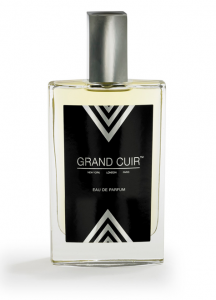
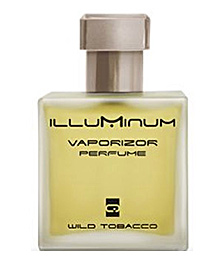
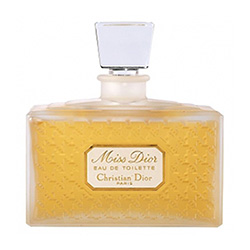
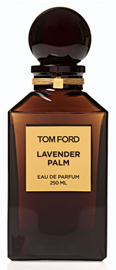
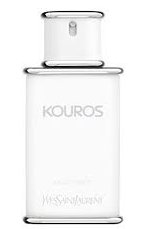
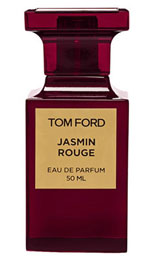
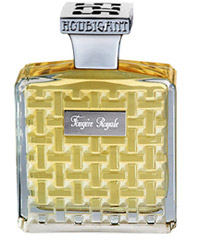
 this fragrance as well which does not help in the least in terms of identifying which style the original formula came in. Adding to this complication is Houbigant’s very sad but very complicated recent history and Raffinée not being as well known as it should be. I would like to take an educated guess but would rather not risk being wrong. The fragrance’s general theme seems to be art deco etched in gold on red which sounds like a tasteful treatment. Of the bottles I looked at, the ones involving the art deco design gave the packaging a bit of old design appeal. Much more interesting that the designs that lacked the art deco elements. If you can help me out with the vintage fragrance’s design, please leave a comment!
this fragrance as well which does not help in the least in terms of identifying which style the original formula came in. Adding to this complication is Houbigant’s very sad but very complicated recent history and Raffinée not being as well known as it should be. I would like to take an educated guess but would rather not risk being wrong. The fragrance’s general theme seems to be art deco etched in gold on red which sounds like a tasteful treatment. Of the bottles I looked at, the ones involving the art deco design gave the packaging a bit of old design appeal. Much more interesting that the designs that lacked the art deco elements. If you can help me out with the vintage fragrance’s design, please leave a comment!